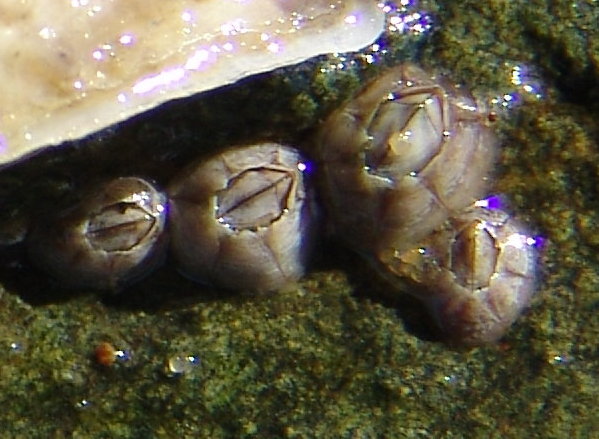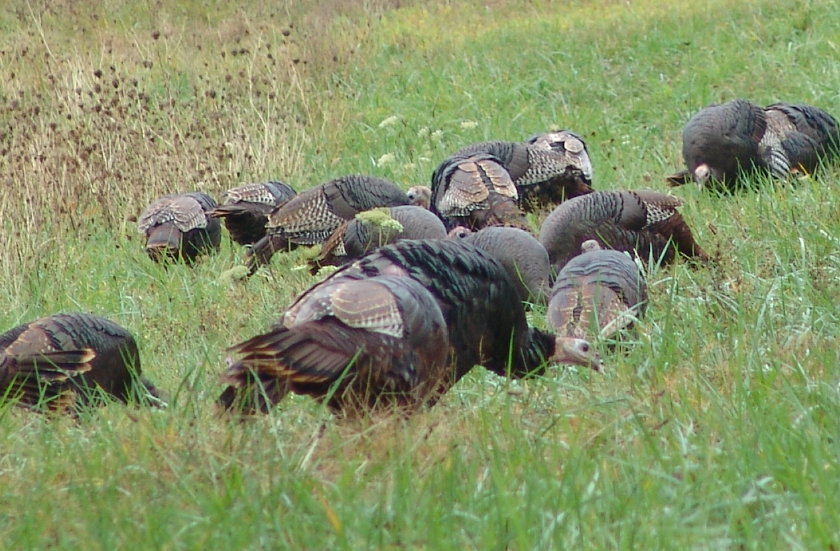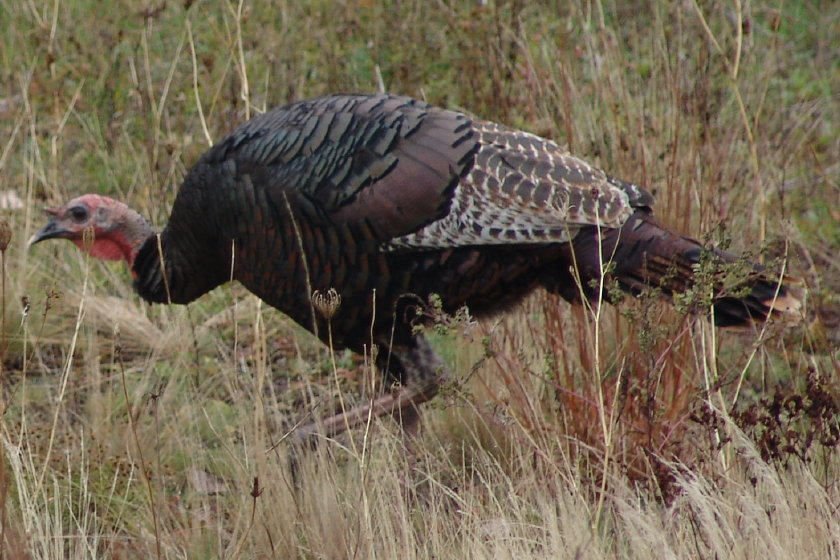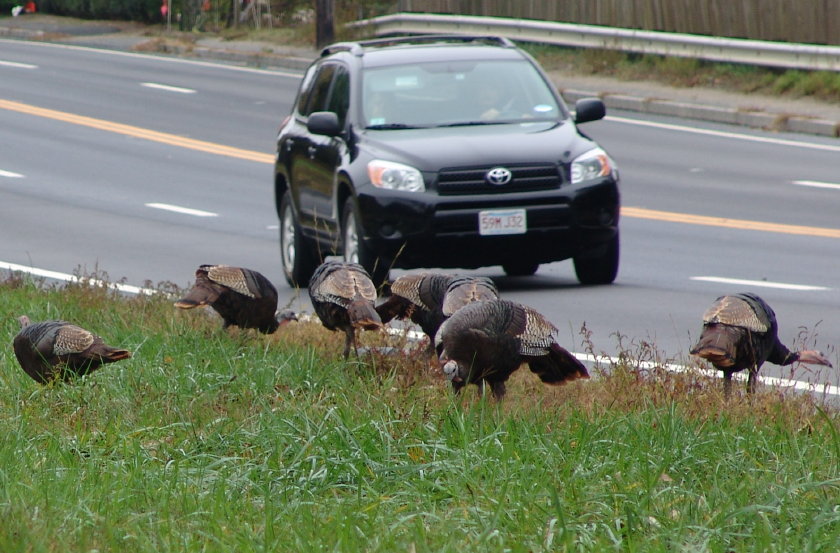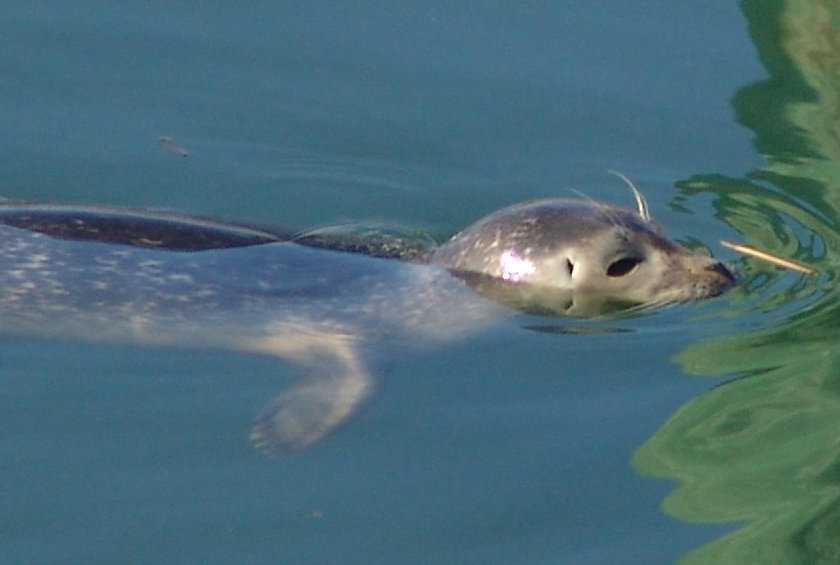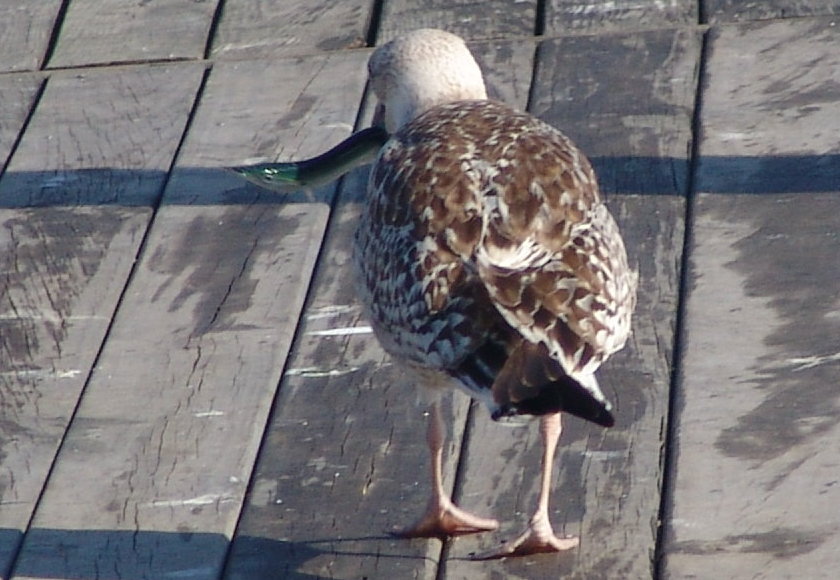Beautiful Rainbow of Fouling Critters
As proven in every crime drama, beauty can be lethally deceptive. So it is, too, on the docks of Cape Cod and the SouthCoast of Massachusetts. From a blurry distance as seen through thick estuarine water, fouling communities enwrapping marine structures appear rainbow beautiful. So different from our youthful memories when docks were adorned with less colorful, but much more productive and edible species, today the waterfront is dominated by exotic critters that are gourmet delicacies only in the avant-gard restaurants of the very, very Far East.
Click Here to View Video in High Quality
Fall Fouling Community Visual Survey in Sippican Harbor
A quick visual survey of the fouling community along Tabor Academy’s Hoyt Dock (above) showed a large variety of exotic critters: tunicates (Botrylloides diagensis) and club tunicates (Styela clava), hydroids (Obelia geniculata), red bearded sponges (Microciona prolifera), worms, crumb of bread sponge (Halidrondria panacea or Halidrondria bowerbanki), and barnacles (Balanus balanoides), among others.
Summer Fouling Community Sample from Sippican Harbor
A sample collected from the same dock in summer shows an even greater variety of species. We will address many of these species in future posts, especially the exotic and invasive tunicates. For today’s story, we focus on the Northern Rock Barnacle, a ubiquitous animal within the inter-tidal zone.
Grayish White “Barnacle Zone”
Barnacles inhabit rocky shores, forming a grayish white “barnacle zone.” They’re found among inter-tidal fouling communities in harbors and protected embayments. You find them on rocks, docks, piers, pilings, oysters, clams, shells, hermit crabs, whelks and really any hard, permanent surface. They also live on more mobile surfaces such as boat bottoms, turtles, whales and horseshoe crabs.Â
Northern Rock Barnacle (Balanus balanoides)
Let’s start with the confusing stuff. What we think of as the barnacle isn’t. The barnacle is actually a shrimp-like, soft bodied animal that stands on its head and extends its six pairs of “feet” (called “cirri”) to catch food like a cast net. What we think of as the barnacle is the animals “home” and consist of a hard, many plated shell composed of calcium carbonate that is affixed to a hard, permanent substrate with a natural superglue. This barnacle glue has been researched extensively because it’s extremely strong, sets quickly under water, withstands high pressures, resists both high acidity and alkalinity … and is completely natural. What baby-boomers wouldn’t give to have barnacle glue for their dentures!
Click Here to View Video in High Quality
Northern Rock Barnacles Cast “Feet”-Net to Snare Food
As you can see in the video clip, the top plates of the barnacle’s home open for feeding and the animal, standing on its head, casts out its six pairs of feet (cirri) into the shape of what seems like a cast net to capture food particles. They consume zooplankton such as copepods and phytoplankton such as diatoms. When the “net” is drawn back, food is scraped off the cirri into the animal’s mouth.
Barnacles Scraped from Boat Bottom & Scavenged by Seagulls
Those top plates close tightly to seal the soft-bodied animal inside and to protect it from succumbing to desiccation during low tide and from being attacked by predators. Predators include dogwinkles (dog whelks), seastars, marine worms, fish, and periwinkles that consume small barnacles. Humans eat large barnacles, scrape them from the bottoms of their boats and docks, and add fouling paint to keep them away.
Fun factoid: Barnacles are crustacean just like crabs and lobsters, but that still won’t entice us to eat them.



